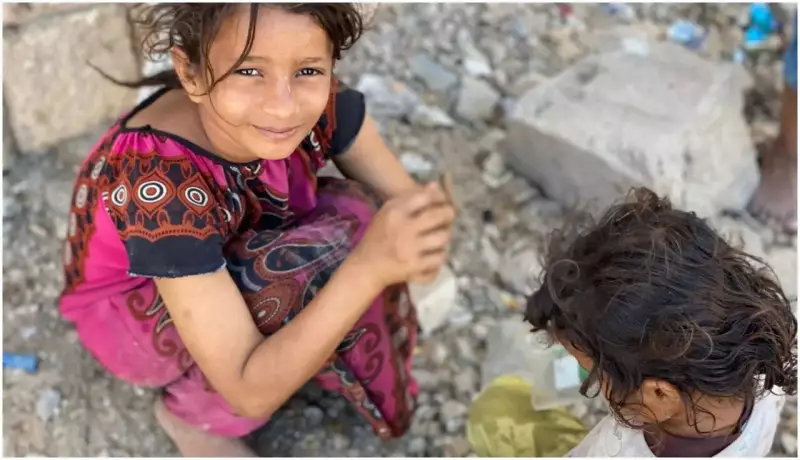
In the shadow of exploding shells and political rhetoric, a silent catastrophe unfolds—one where women and children become the unintended casualties of conflicts they never created. From the frozen landscapes of Ukraine to the rubble-strewn streets of Gaza, the human cost of warfare paints a devastating picture of suffering that transcends borders and ideologies.
The Unseen Battlefield: Civilian Lives in the Crossfire
Recent data reveals a chilling trend in modern warfare: civilians, particularly women and children, are increasingly bearing the brunt of violent conflicts. What was once considered "collateral damage" has become the main story of 21st-century warfare, with devastating consequences for generations to come.
In Ukraine, the ongoing conflict has created one of the world's most severe displacement crises. Millions of women have been forced to flee their homes, often becoming sole providers for their children while facing unimaginable trauma and uncertainty about their future.
Gaza's Humanitarian Catastrophe
The situation in Gaza presents an even more dire picture, where the very infrastructure of survival—hospitals, schools, and homes—has become a battlefield. Pregnant women give birth in unimaginable conditions, children grow up knowing only the sound of explosions, and the psychological scars run deeper than any physical wound.
Beyond the Statistics: The Human Face of Suffering
Behind every number lies a story of shattered dreams and interrupted lives:
- Education interrupted: Millions of children have had their education abruptly halted, with schools destroyed or converted into shelters
- Healthcare collapse: Pregnant women face childbirth without medical support, while children go without vaccinations and basic care
- Psychological trauma: An entire generation is growing up with war-induced trauma that will shape their worldview forever
- Economic devastation: Women widowed by conflict struggle to provide for their families in economies shattered by war
A Global Pattern of Suffering
While Ukraine and Gaza dominate headlines, this pattern repeats across conflict zones worldwide. From Sudan to Myanmar, from the Democratic Republic of Congo to Yemen, women and children consistently emerge as the most vulnerable populations during times of war.
"When men make war, women and children pay the price—this remains one of the most tragic constants of human conflict," notes a senior UN humanitarian official who requested anonymity due to the political sensitivity of the matter.
The Ripple Effects of Conflict
The damage extends far beyond immediate physical danger. Conflicts disrupt food systems, destroy healthcare infrastructure, and create environments where diseases thrive. Children miss crucial developmental milestones, while women often face increased risks of gender-based violence in the chaos of displacement.
Is There Hope Beyond the Headlines?
Despite the grim reality, humanitarian organizations continue their work against overwhelming odds. Local women often emerge as unexpected heroes, creating support networks and providing crucial assistance where formal systems have collapsed.
Yet the fundamental question remains: How long will the international community allow this suffering to continue? As diplomatic efforts focus on ceasefires and political solutions, the urgent needs of women and children in conflict zones demand immediate attention and action.
The true measure of our humanity may well be determined by how we protect the most vulnerable during humanity's darkest hours. The women and children of Ukraine, Gaza, and countless other conflict zones await our answer.





